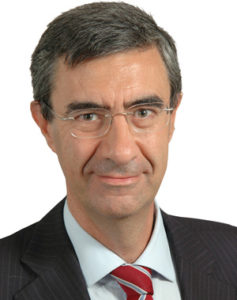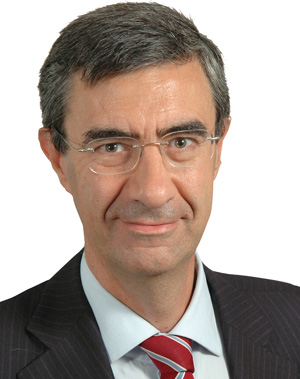The chief executive of Health Industries South Australia tells Karen Yue why the Adelaide BioMed City can lead the city to MICE success
 Why does the development of the Adelaide BioMed City precinct matter to the city’s business events sector?
Why does the development of the Adelaide BioMed City precinct matter to the city’s business events sector?
Adelaide has recently improved its status as an attractive city for the biomedical sector. This is a consequence of an important government strategy (to diversify) local economic development (and) an understanding that knowledge intensive sectors (are more sustainable).
(To build a successful biomedical sector) we need an infrastructure that will achieve critical mass (by bringing) about a combination of academic and clinical research, academic training, therapy for patients and business activities, etc.
This is what the Adelaide BioMed City will do. It is an investment of A$3.6 billion (US$2.7 billion), which for the first time, gives us functions of the full value chain, starting from research at SAHMRI (South Australian Health and Medical Research Institute) and other new buildings that are under construction now.
(It gives us) what we need to raise Adelaide’s global visibility. When it comes to organising a global convention, people prefer to go to a place that is (well known) and now Adelaide is that place.
The government also established Health Industries South Australia which courts global companies that are keen to have operations in Adelaide or in South Australia for…research, clinical trials and commercial activities in Australia and the rest of Asia-Pacific, with Adelaide as the headquarters.
Adelaide scored 45 medical conventions that will be held between 2015 and 2016. Did Health Industries South Australia have a hand in that?
We were involved, in some cases, by approaching the local community of scientists and entrepreneurs. Health Industries South Australia started 1.5 years ago and the first six months was spent contacting and creating awareness among the local community about the opportunities to invest in the city.
Part of our message was this: if you intend to conduct events for your community of companies, researchers and scientists etc, now is the time to do it in Adelaide. For many, it seems like a novel thing. Even people in leadership positions did not think of Adelaide as an attractive place for conventions. That perception has changed.
How is the Adelaide BioMed City different from other biomedical cities?
This industry is multi-disciplinary. In the past, a city will have a big hospital with some clinical research facility inside, a big university and another research centre – and they are not well connected. This is a problem because research today is no longer vertically specialised. Some of the biggest innovations today are generated by interconnections in different vertical expertise, when scientists and researchers from different disciplines come together and share knowledge.
From the infrastructure point of view, the future must drive maximum permeability between different silos. When you put all the buildings together, people will start meeting, talking and innovating.
Around the world you will find cities with far larger critical mass, but they are not located together as they are here in the Adelaide BioMed City.
What parallels are there between Adelaide BioMed City and Dubai Biotechnology City, where you once led as executive director?
They are very different environment and ecosystems. Adelaide has a strong expertise in research, while Dubai is attractive because of its position as a hub for companies looking to expand their commercial operations in the region.
The one important thing in common is that they are both city-states. For our industry which is highly regulated, this is a big advantage because investors coming into this type of environment enjoy the proximity to government leaders and the opportunity to discuss their growth strategy with the minister. This is the case in Adelaide, but not the rest of Australia.
Let’s do another comparison. Dubai is luring global associations over to open offices there for regional growth. That has resulted in a spike in association meetings in Dubai. Is Health Industries South Australia doing the same?
Yes, this is something that may happen here. Organisations that are based in Europe or the US are now wanting to grow in Asia-Pacific. In the past, they had only the option of Singapore where they can established their headquarters. Now, they have options in Australia – not just Adelaide. Being European or American, companies will feel at home in Australia because the language, culture, infrastructure, education system and legislation are the same.
But why Adelaide specifically? Before, associations looking to expand through a presence in Australia would think of Sydney and maybe Melbourne. Now, because of the Adelaide BioMed City and actions to create a critical mass (in biosciences), Adelaide is in the club of attractive cities.
And they will discover that Adelaide is far more cost-effective than Sydney for instance. Real estate is 40 to 50 per cent cheaper than Sydney, which means great savings for associations looking to rent or purchase office space. Salary in Adelaide is 30 per cent lower than in Sydney for the same type of talent but people here have a stronger purchasing power.
My answer to you is that this is already happening, we are already seeing major associations in Europe and the US chanelling their resources to Adelaide for the establishment of future headquarters.






















